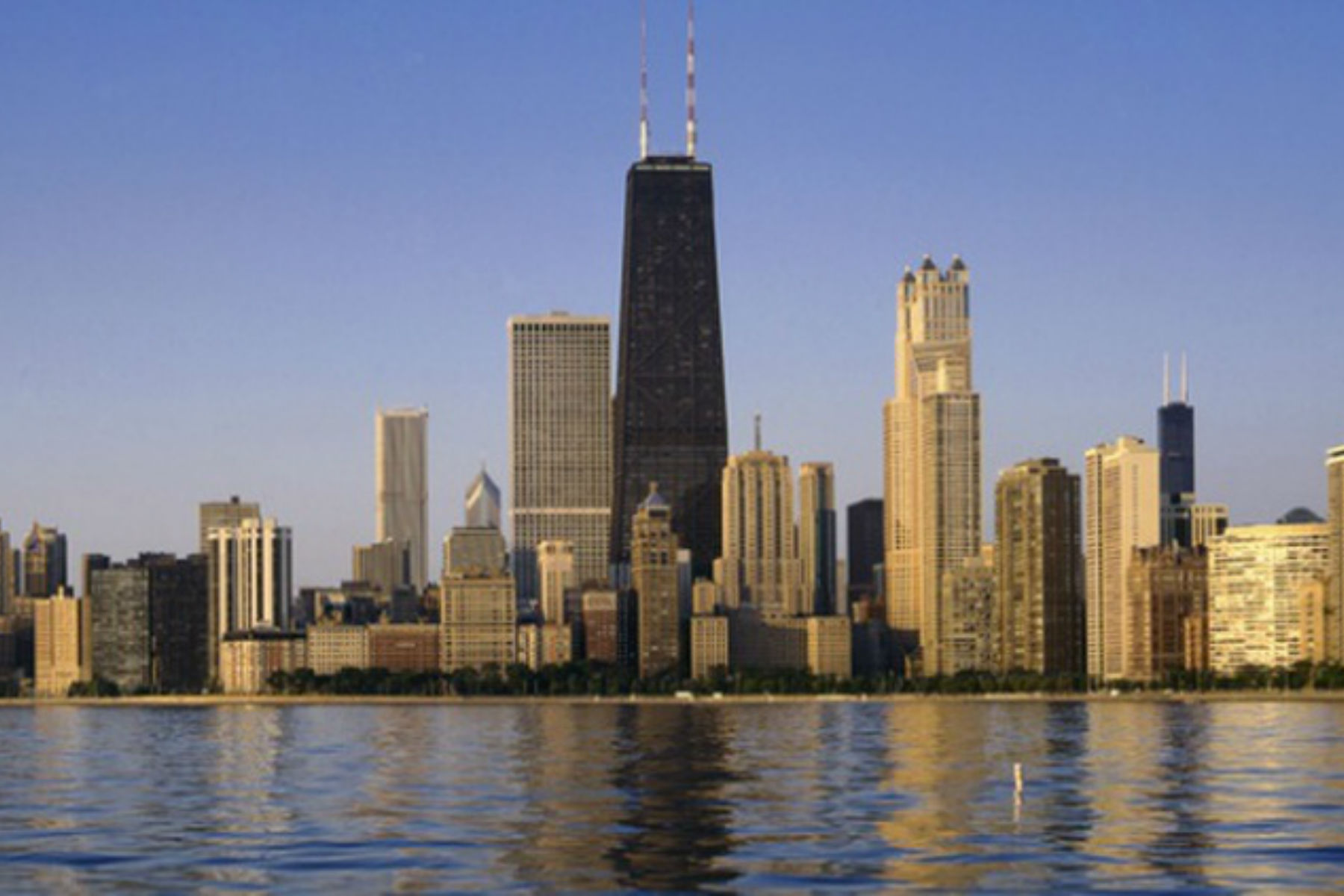As the U.S. Conference of Mayors convened in Chicago, Mayor Brandon Johnson and Chicago Police Superintendent Larry Snelling floated a new proposal to allow police more flexible authority to impose youth curfews, especially in response to recent teen “takeovers” that resulted in shootings and chaos downtown. But with public safety already fraying and Chicago’s leadership under scrutiny, critics are questioning whether curfews are a meaningful deterrent or just political window dressing.
Superintendent Snelling stated the measure would be used “constitutionally” and framed it as a tool to proactively prevent unruly gatherings based on police intelligence. Mayor Johnson, meanwhile, reiterated his administration’s priority was “maximum safety” without revealing specifics about how the policy would be implemented or enforced.
While city leaders stress their intentions, Manhattan Institute fellow and policing expert Rafael Mangual offered a more grounded analysis during an appearance on Chicago’s Morning Answer. Mangual, who heads research for the institute’s Public Safety Initiative and authored Criminal Injustice, said curfews—when used properly—can serve as critical tools for proactive policing.
“You have to give police a reason to initiate interactions,” Mangual explained, arguing that low-level enforcement often uncovers more serious crimes. He stressed that, in practice, interventions during suspicious gatherings allow officers to prevent crimes before they escalate, but Chicago’s political environment makes such proactive measures difficult to deploy.
That tension—between city hall rhetoric and the on-the-ground realities faced by police—is especially sharp in Chicago. Mangual pointed out that officers know any move to break up a crowd or make a minor stop risks backlash from community leaders, the ACLU, and the city’s Civilian Office of Police Accountability. This creates a chilling effect, where police retreat and crime festers.
Mangual cited data from New York City showing that about 40% of gun arrests begin with a traffic stop. He noted how routine stops often uncover suspects with outstanding warrants or in possession of illegal weapons, sharing a firsthand account from a ride-along where a simple citation for riding a bike inside a subway station led to two arrests of wanted felons—one carrying a knife and the other wanted for armed robbery.
This principle, he argued, applies to the curfew conversation in Chicago. Without low-level engagement—whether curfews, traffic stops, or fare enforcement—officers lose the very levers they need to detect and stop violent criminals.
Meanwhile, Chicago’s civilian oversight board has recommended restricting officers from making stops for infractions like broken headlights or loud music, with the oversight chief infamously asking, “Why would we have officers pulling people over for a light bulb?”
Mangual’s response was clear: “That’s exactly how many serious arrests begin.” He referenced Oklahoma City bomber Timothy McVeigh, who was apprehended because he lacked a license plate—a simple infraction that unraveled a major domestic terrorism case.
With Illinois’ elimination of cash bail and rising repeat offenses, Mangual warned that empowering police to make preventative stops is more important than ever. “You can be confident the serious offenders are not behind bars in Chicago,” he said. “They’re walking the streets.”
Mangual also took aim at efforts to dismantle gang databases in cities like Chicago, New York, and Los Angeles. Critics argue the databases lead to racial profiling, but Mangual emphasized they’re essential crime-fighting tools. In New York, more than 95% of known shooters and victims are Black or Hispanic, and gang affiliation helps police predict and prevent retaliatory violence. He noted that removing these tools while simultaneously restricting low-level enforcement leaves police virtually powerless.
At its core, Mangual’s message was consistent: effective policing requires a willingness to engage with minor offenses, political backing for proactive action, and data-driven tools like gang databases. Chicago’s layered approach of symbolic curfews and public safety commissions won’t work without empowering officers on the street.
With another violent summer looming and city leaders promoting “maximum safety” in press conferences, the bigger question remains: will they give police the authority to actually deliver it?





